Many challenges
According to the water supply planning of Da Nang city until 2030, with a vision to 2050; by 2030, Da Nang's highest daily demand for clean water is more than 801,000m3, however, the ability to meet the domestic water demand of the city's water supply system by the end of 2022 will only reach 210,000m3/day.
If the water source is not supplemented during peak days, Da Nang will lack more than 590,000m3 of water. At the same time, salinity intrusion is still occurring frequently during the hot season with increasing frequency and severity. The almost complete dependence on the Vu Gia River water source has caused Da Nang to face a situation of unsafe water supply for many years. Not to mention, water pollution from waste discharge activities is a serious threat to the needs of local economic and social development.
According to Mr. Ho Minh Nam - General Director of Da Nang Water Supply Joint Stock Company (Dawaco), the surface water quality in the dry season of Da Nang City is often saline. At the water intake of Cau Do Water Plant, the average salinity exceeds 1,000 mg/l. The highest salinity is 8,192 mg/l (August 29, 2023). Previously, when the capacity of An Trach Saltwater Pumping Station had not been increased, the salinity of river water posed a significant challenge to water security in Da Nang. However, since the An Trach Saltwater Pumping Station with a capacity of 420,000 m3/day was put into operation, when there was salinity in the Cau Do River, the raw water from the Saltwater Pumping Station was led to Cau Do Water Plant for treatment and to ensure safe water supply for the entire city.
Mr. Ho Minh Nam added that in Da Nang, the rainfall in the dry season months will be much lower than the same period, so the flow on the rivers will decrease. The average flow on the Vu Gia River (the source of raw water for Da Nang) is forecast to be about 40 - 60% short. The depletion of water sources in reservoirs will cause unsafety in ensuring the supply of domestic water for downstream areas during the dry season.
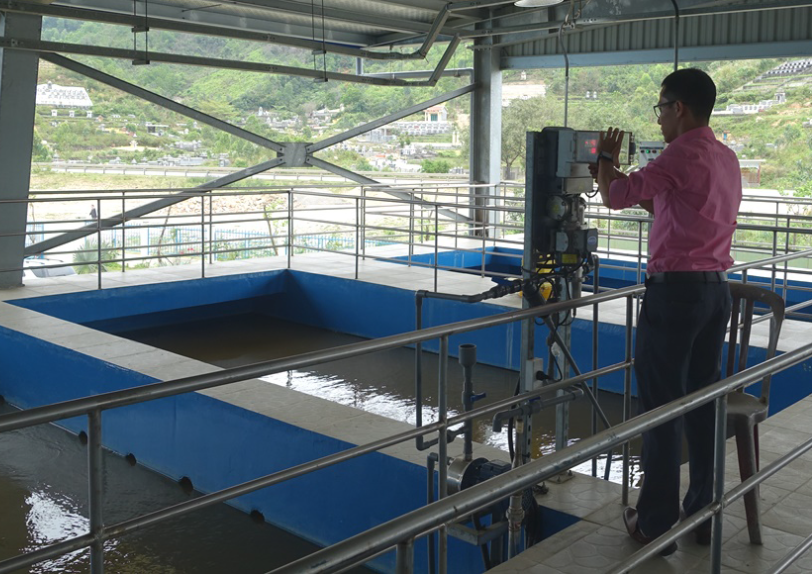
In case the river is contaminated with 1,000 mg/l of salinity, water will be exploited at An Trach dam. However, if the amount of water from upstream is not enough, the dam water level rises below 1.6m, then one of the two pumping stations will not be able to operate. At that time, it will affect the water supply for the people.
Active clean water source
At the end of May 2023, Hoa Lien Water Plant (Phase I) with a capacity of 120,000m3/day and night was put into operation, supplying water to people in Lien Chieu district and part of Hoa Vang district to reduce the load on Cau Do Water Plant. According to calculations, in the near future, Da Nang will form a reservoir with a capacity of 50 million m3 on the Bac River (upstream of Cu De River) and Hoa Lien Water Plant will become the second largest water plant serving the clean water needs of the city's people. This will contribute to ensuring water security and people's lives, ensuring the synchronization of the development of Da Nang city's water supply systems according to the set roadmap.
Mr. Ho Minh Nam - General Director of Da Nang Water Supply Joint Stock Company (Dawaco) said that when the city builds a reservoir on the Bac River (upstream of Cu De River) to increase the operating capacity of Hoa Lien Water Plant, the Company will also study and invest in a pipeline to bring this fresh water source to Cau Do Water Plant so that it no longer has to depend too much on the water source of hydroelectric reservoirs on the upstream of Vu Gia River, contributing to ensuring water security for the city.
In addition to water supply, the Company must ensure that water quality meets the safety threshold for consumers. It also conducts full monitoring to ensure that clean water quality meets the requirements of Circular 41/2018/TT-BYT dated December 14, 2018 and Circular 26/2021/TT-BYT dated December 15, 2021 of the Ministry of Health .
Testing is performed at the Testing Analysis Center (recognized as a testing laboratory in accordance with ISO/IEC 17025:2017) with group A parameters once a month, 8 group B parameters once a month and 6 months for all periodically monitored water samples according to regulations.
Thus, to ensure water supply for the city in saline conditions, the salinity at the Cau Do water plant intake must be maintained at less than 1,000 mg/l. With salinity below this threshold, the water intake at the Cau Do intake is about 60,000 m3/day. If the salinity is greater than 1,000 mg/l, leading to a shortage of raw water, the regulations will be implemented to advise the City People's Committee to request hydroelectric reservoirs to discharge water and operate the An Trach dam to discharge water downstream to ensure raw water for pumping stations serving agricultural irrigation and domestic water supply in Quang Nam province and Da Nang city. In case of each different salinity level, appropriate scenarios will be considered for timely response.
According to the Department of Natural Resources and Environment of Da Nang City, the locality is currently actively implementing solutions to protect water resources such as announcing the sanitary protection zone for the domestic water intake area of the Cu De River surface water exploitation project under the Hoa Lien Water Plant project, which is considered an important water reserve. From there, it will help Da Nang strictly implement regulations on environmental protection of the Cu De River, reduce dependence on the water volume of the Vu Gia River and the operation of hydropower plants in the upstream area. To protect this water reserve, Da Nang will immediately implement measures to minimize the impact of agricultural, forestry and fishery production activities and waste from ecotourism development activities.
Source








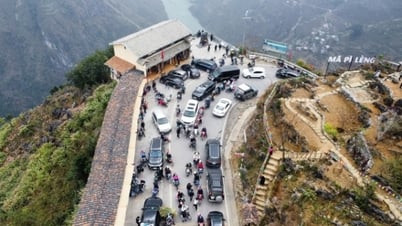


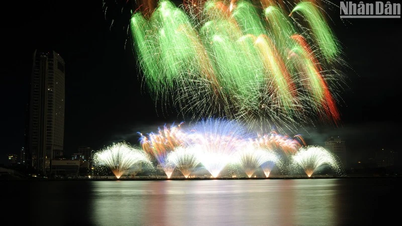


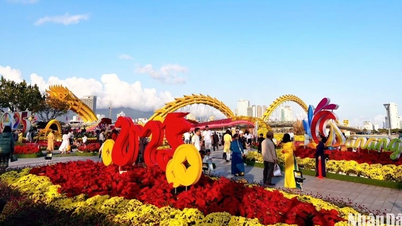

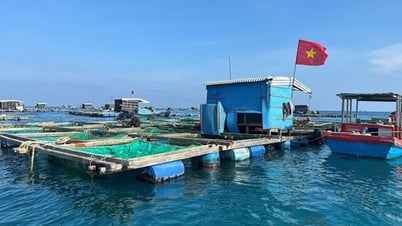


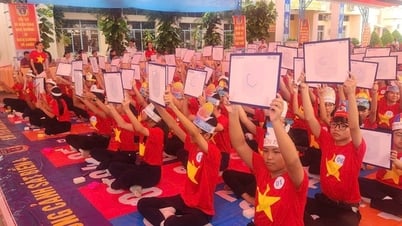


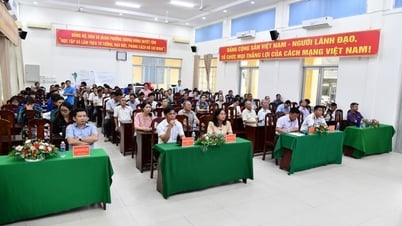










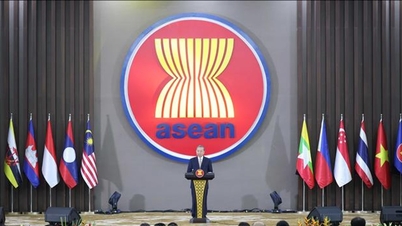






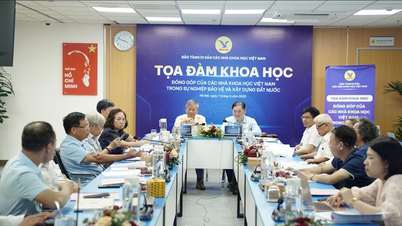


































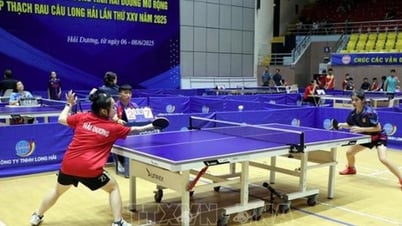







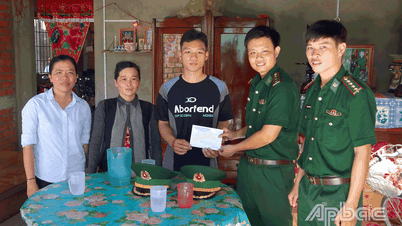

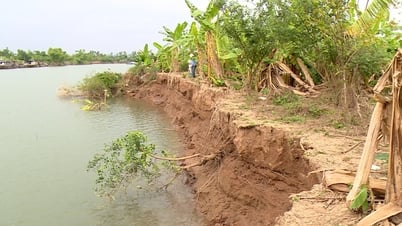




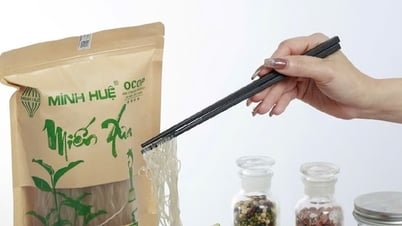



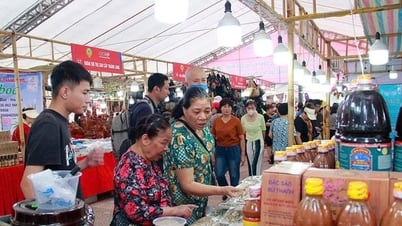


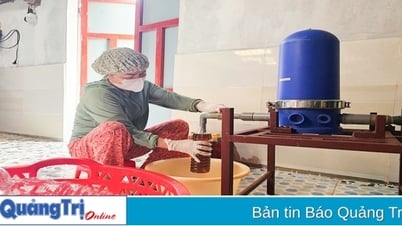



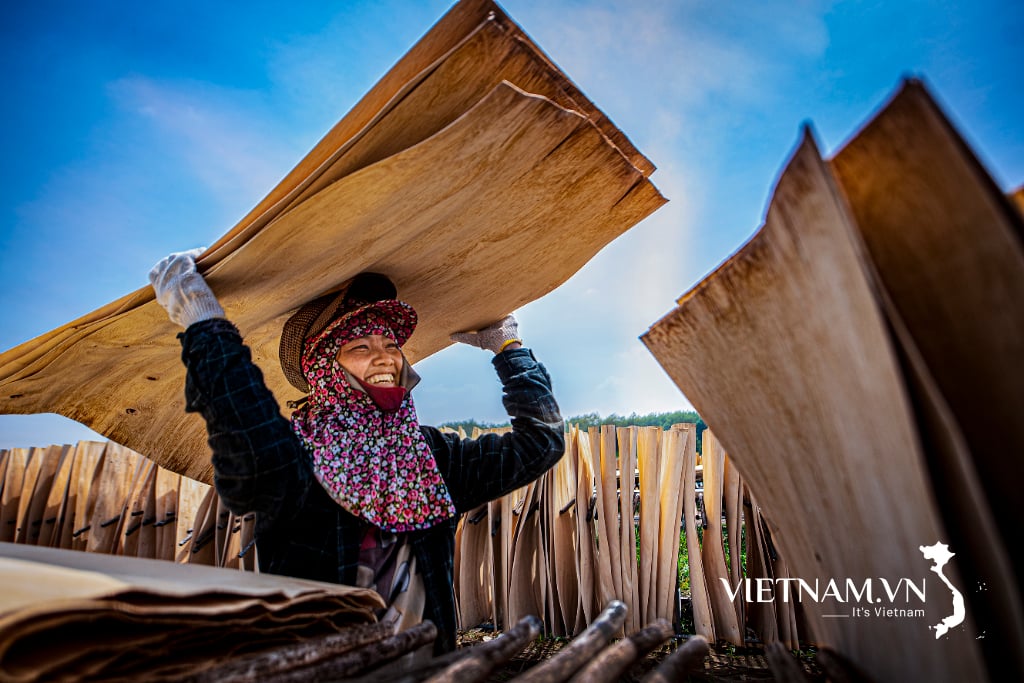
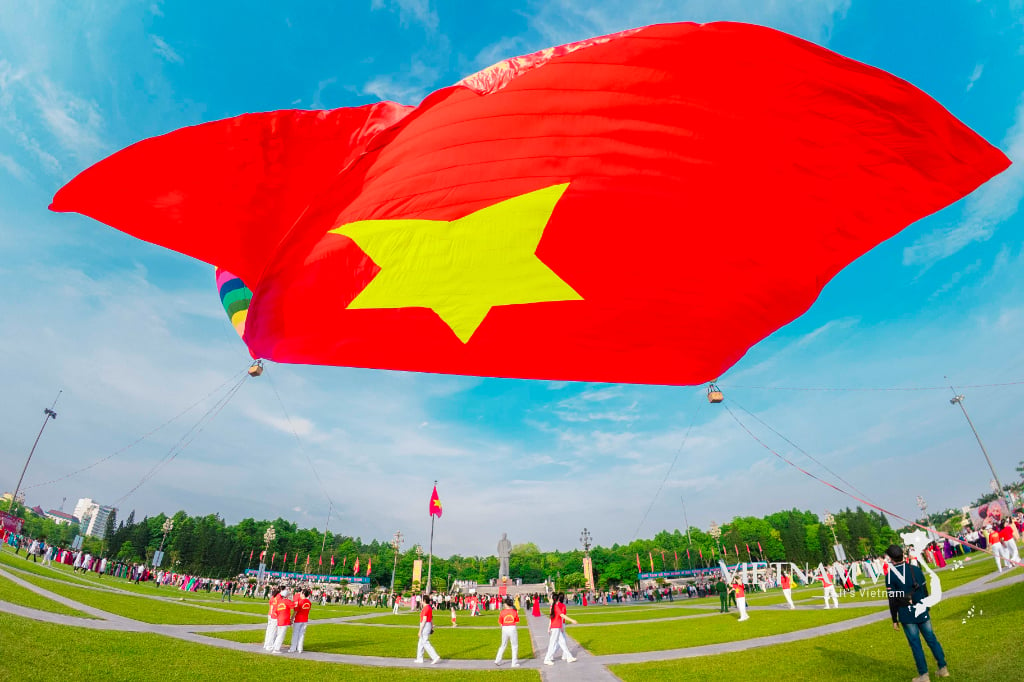

Comment (0)